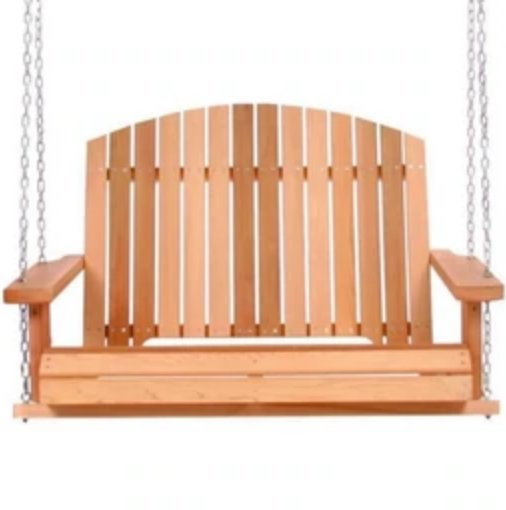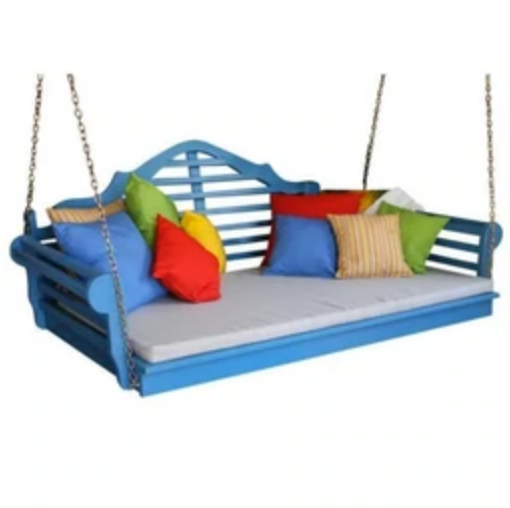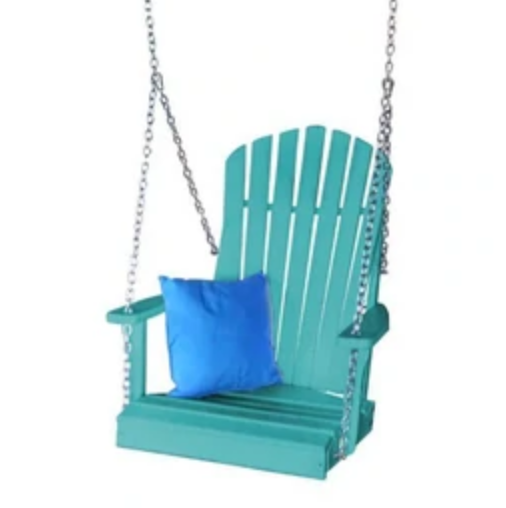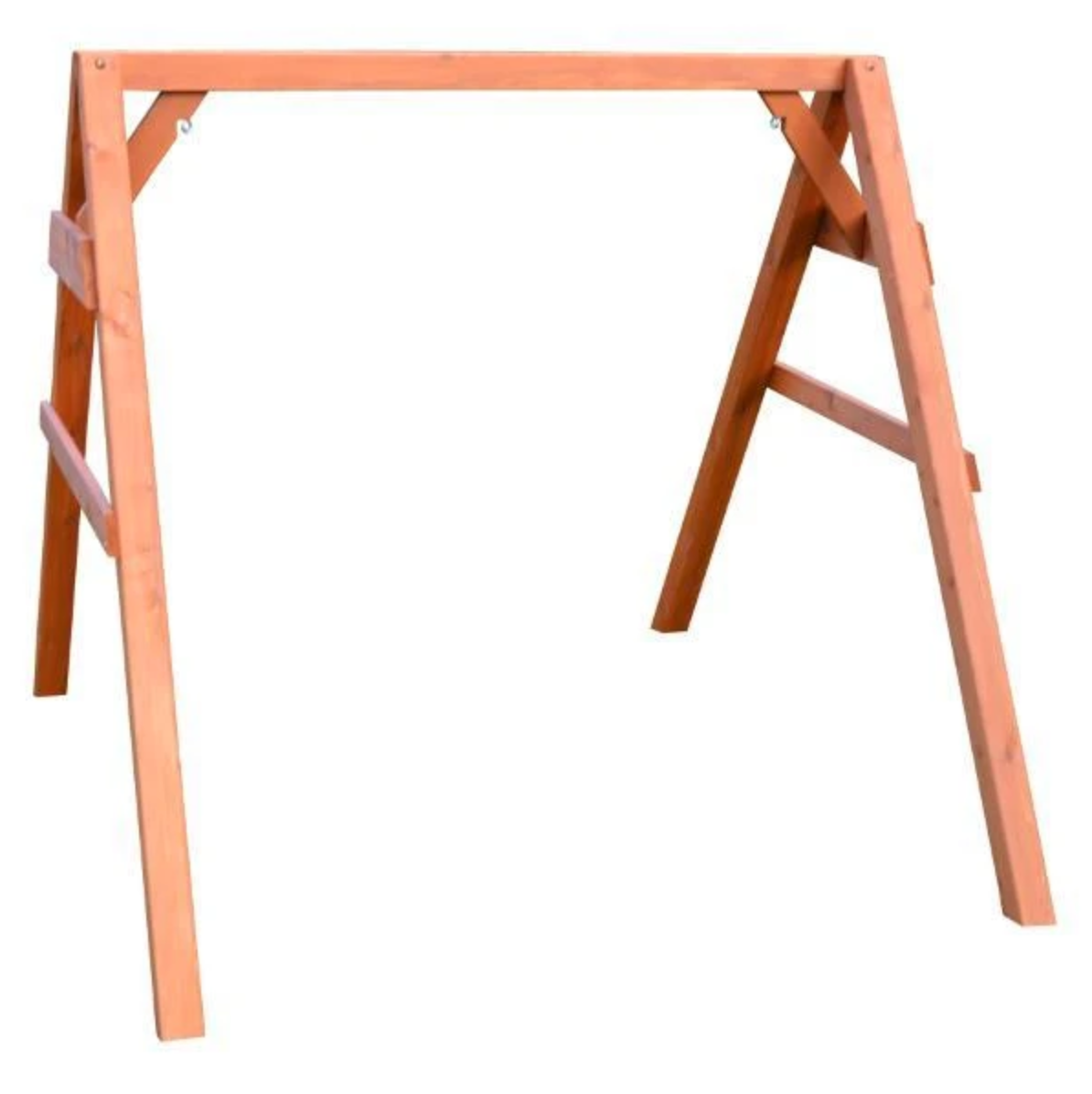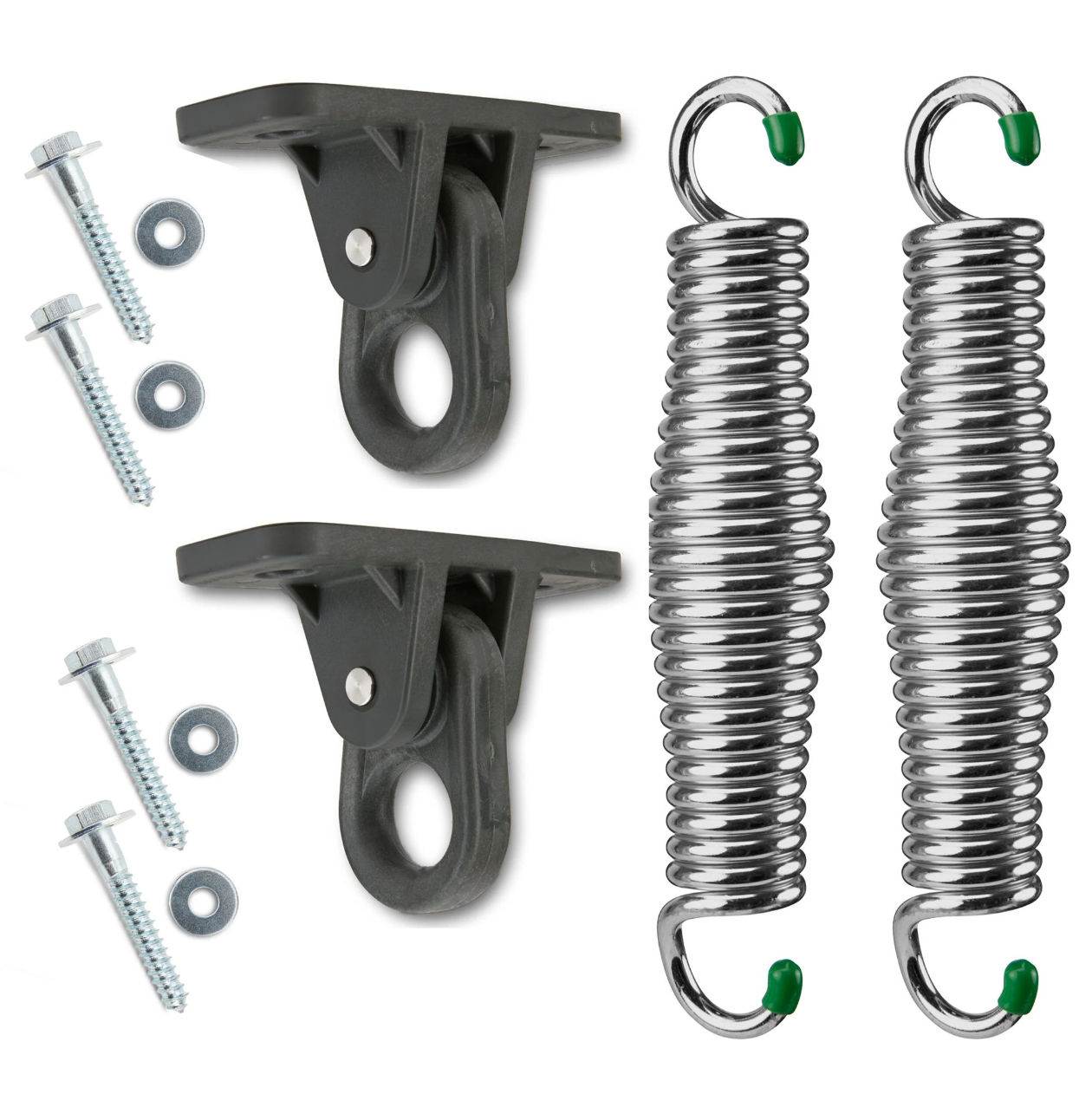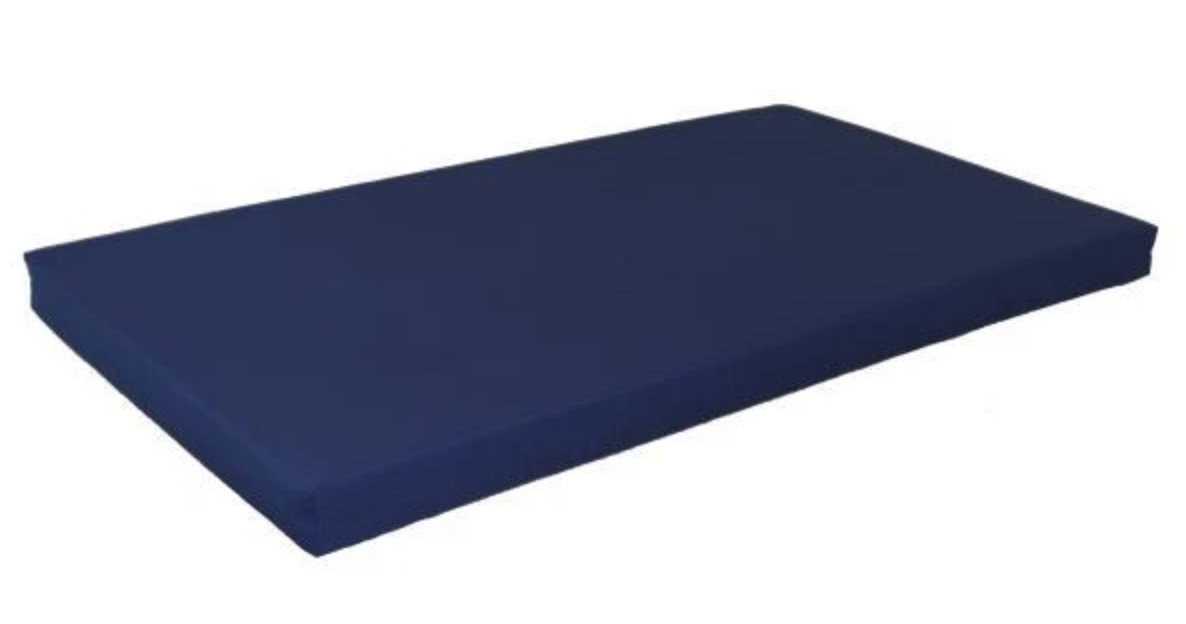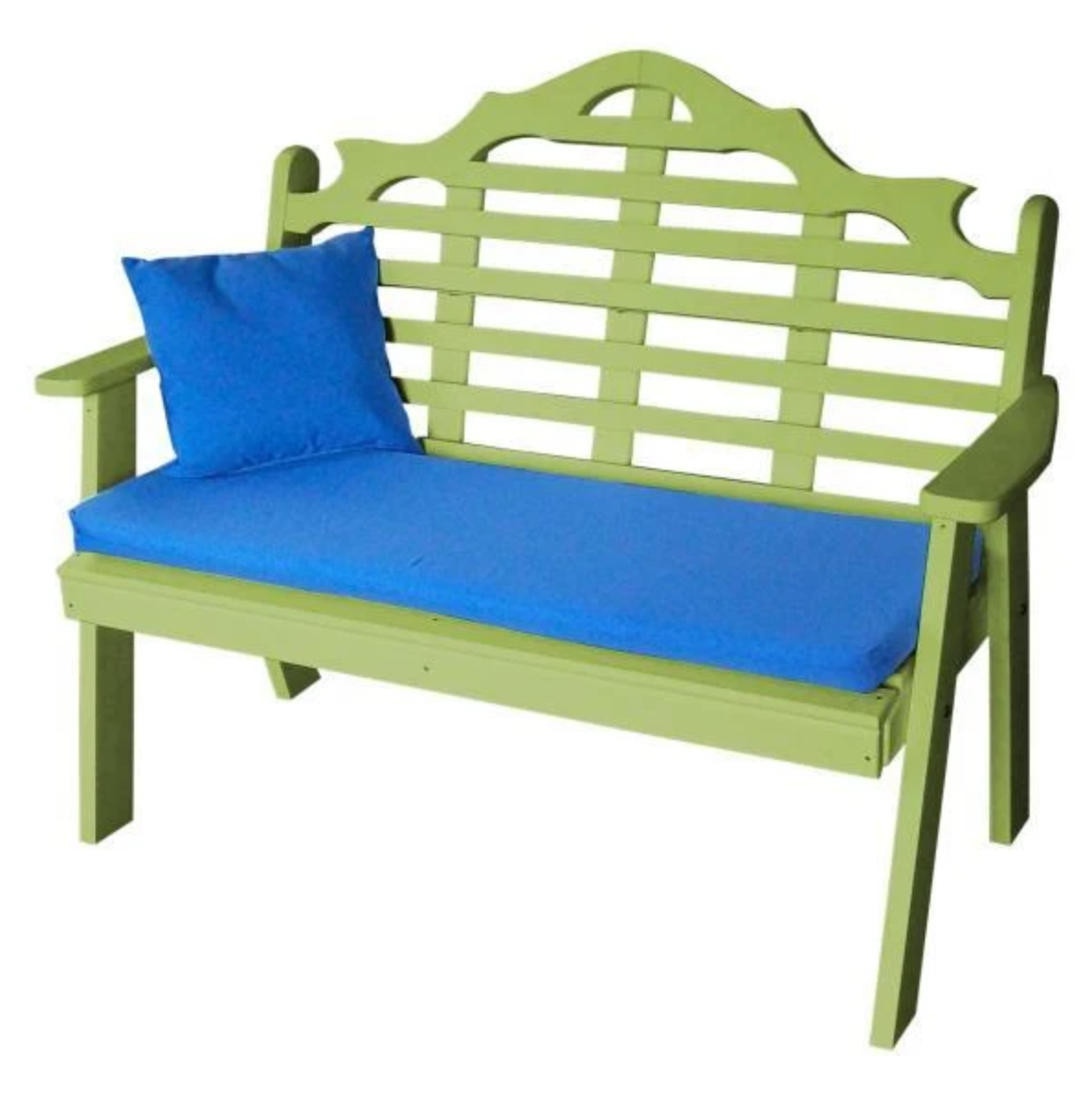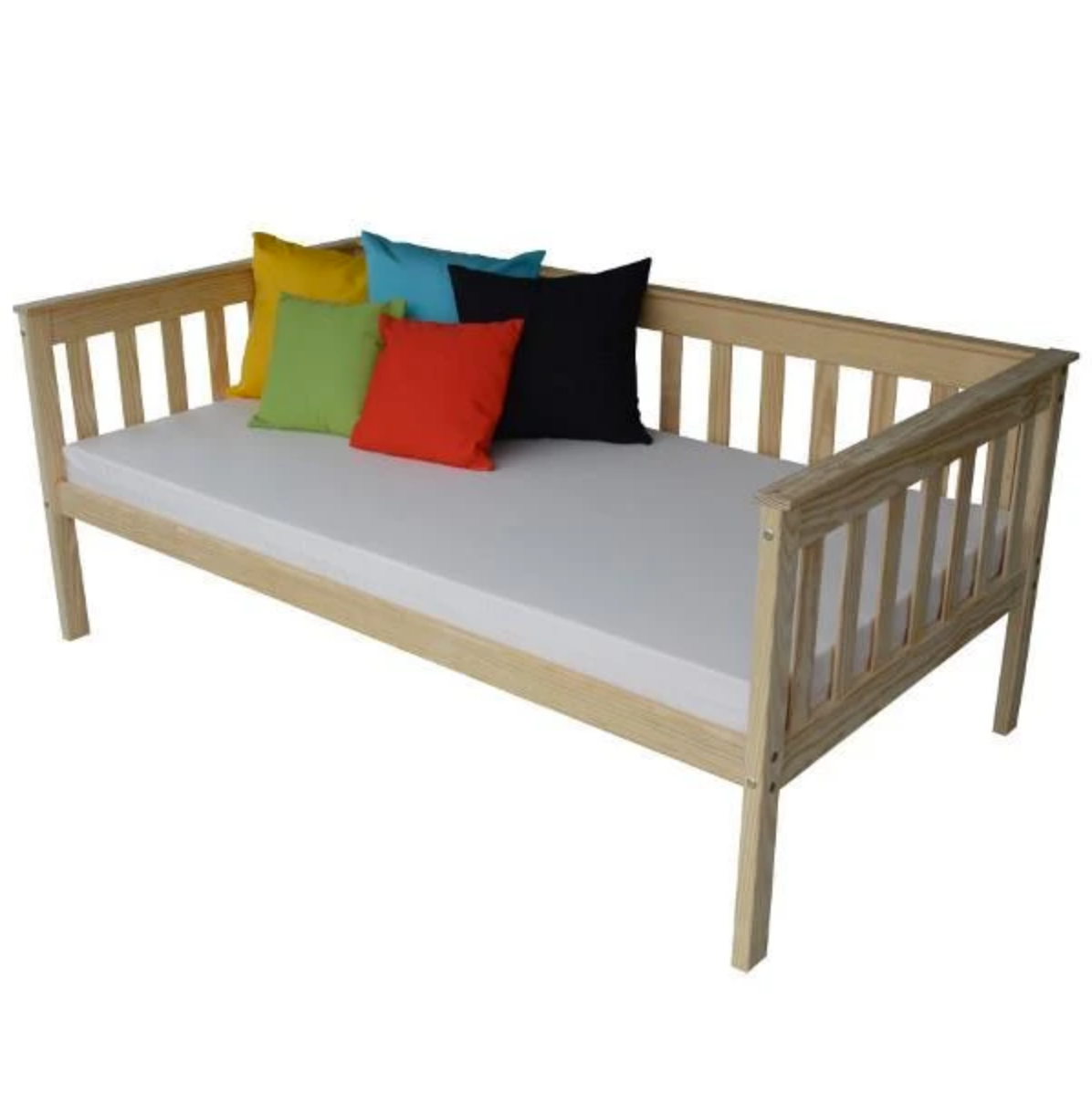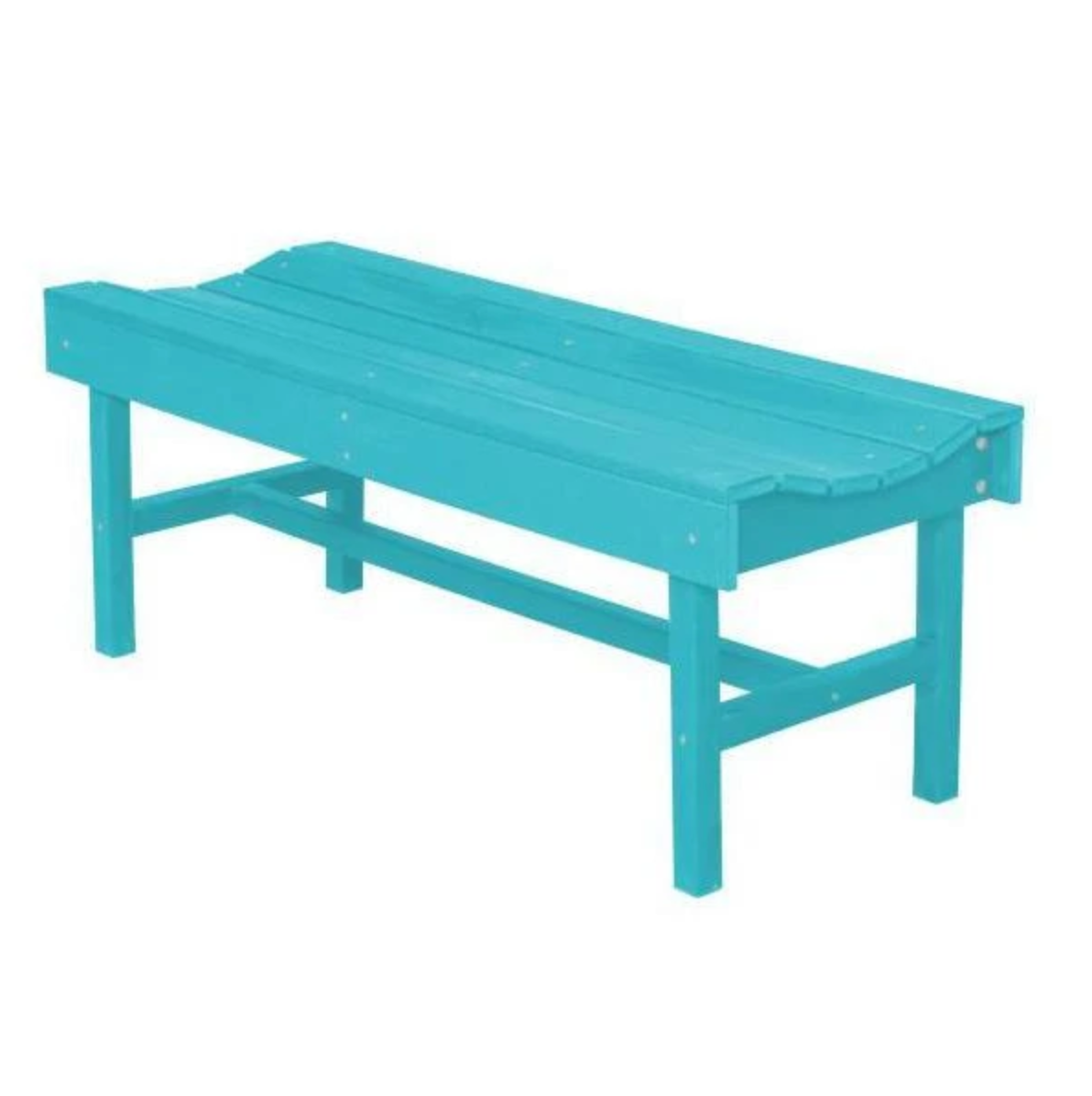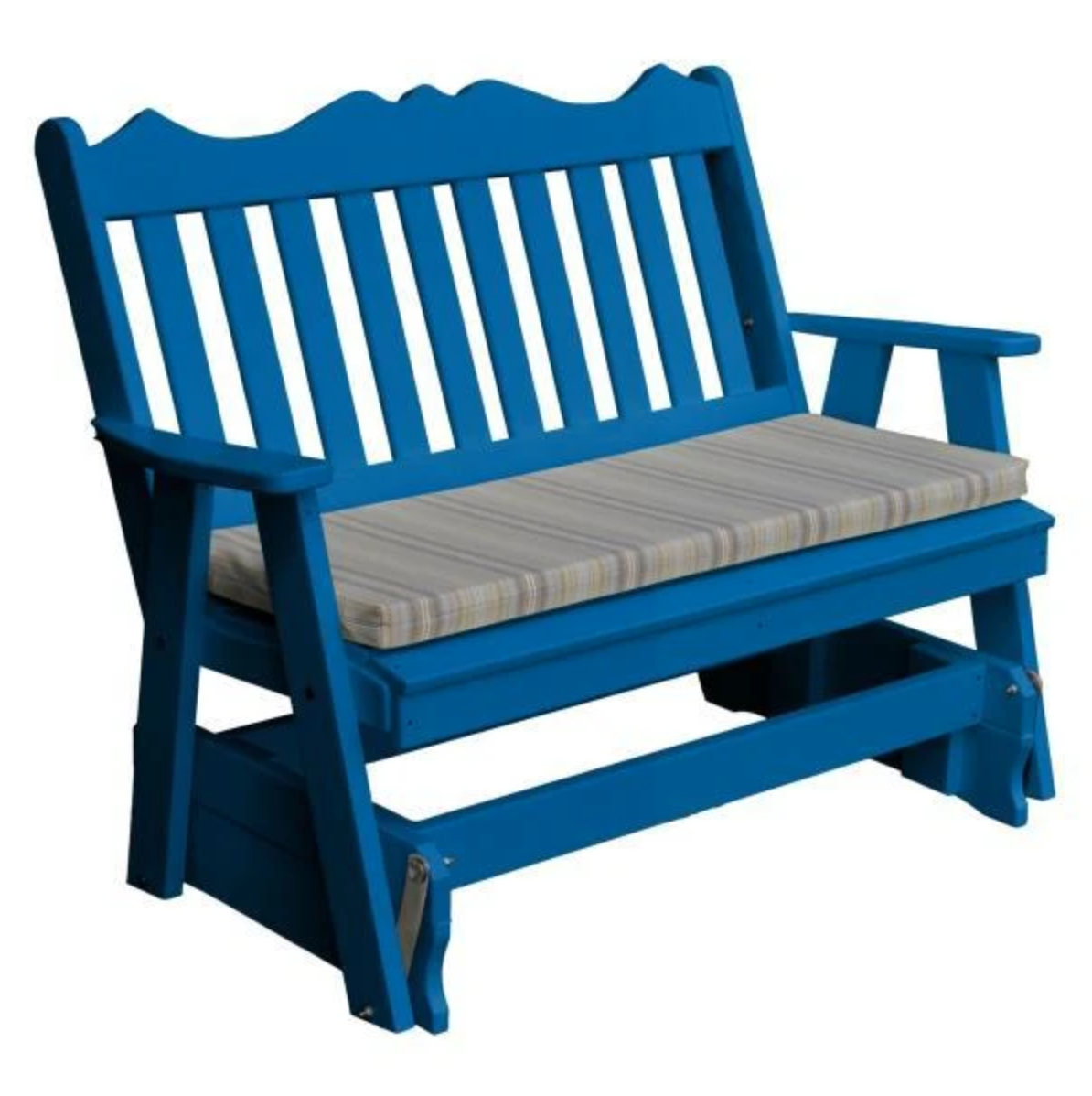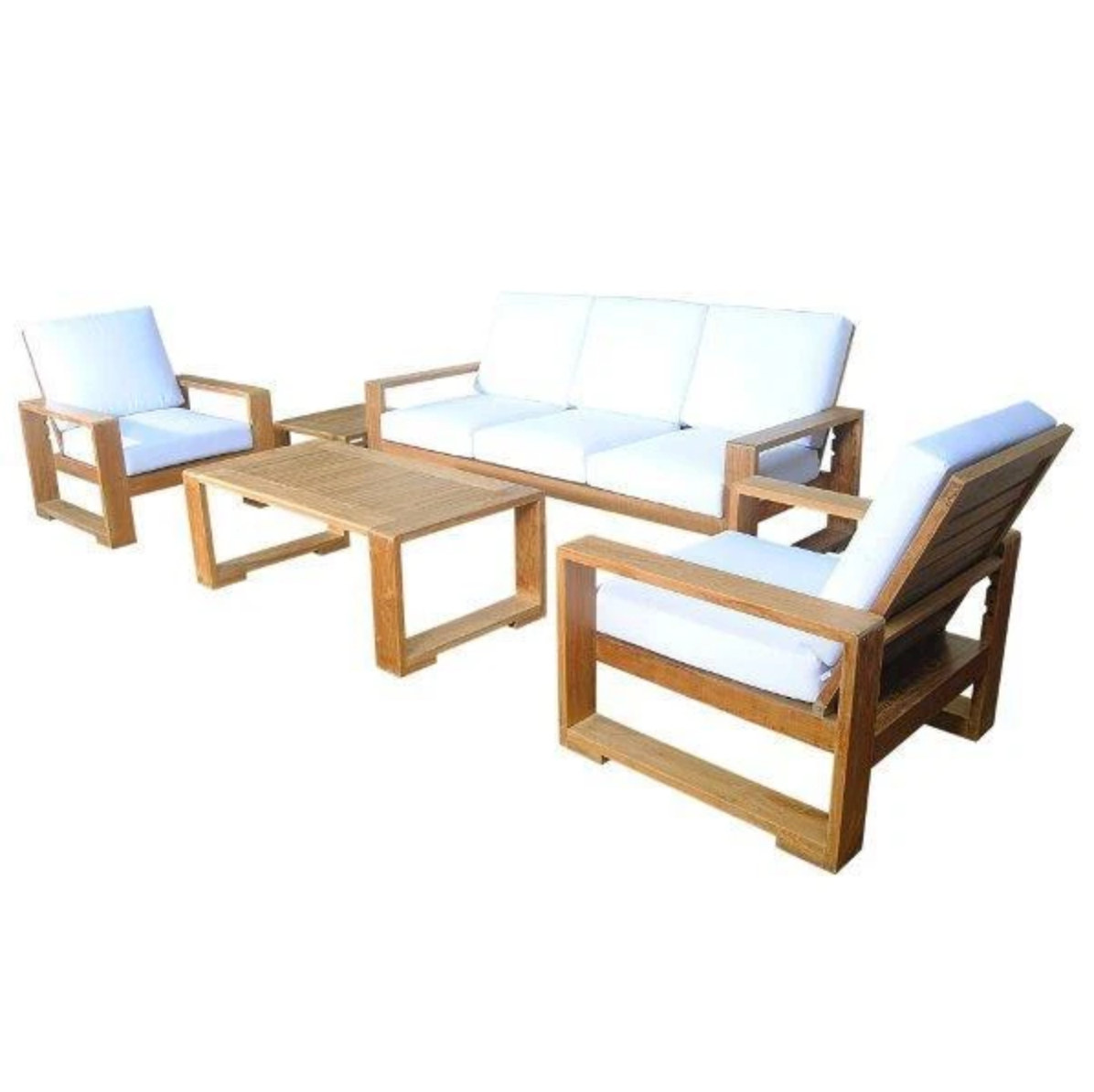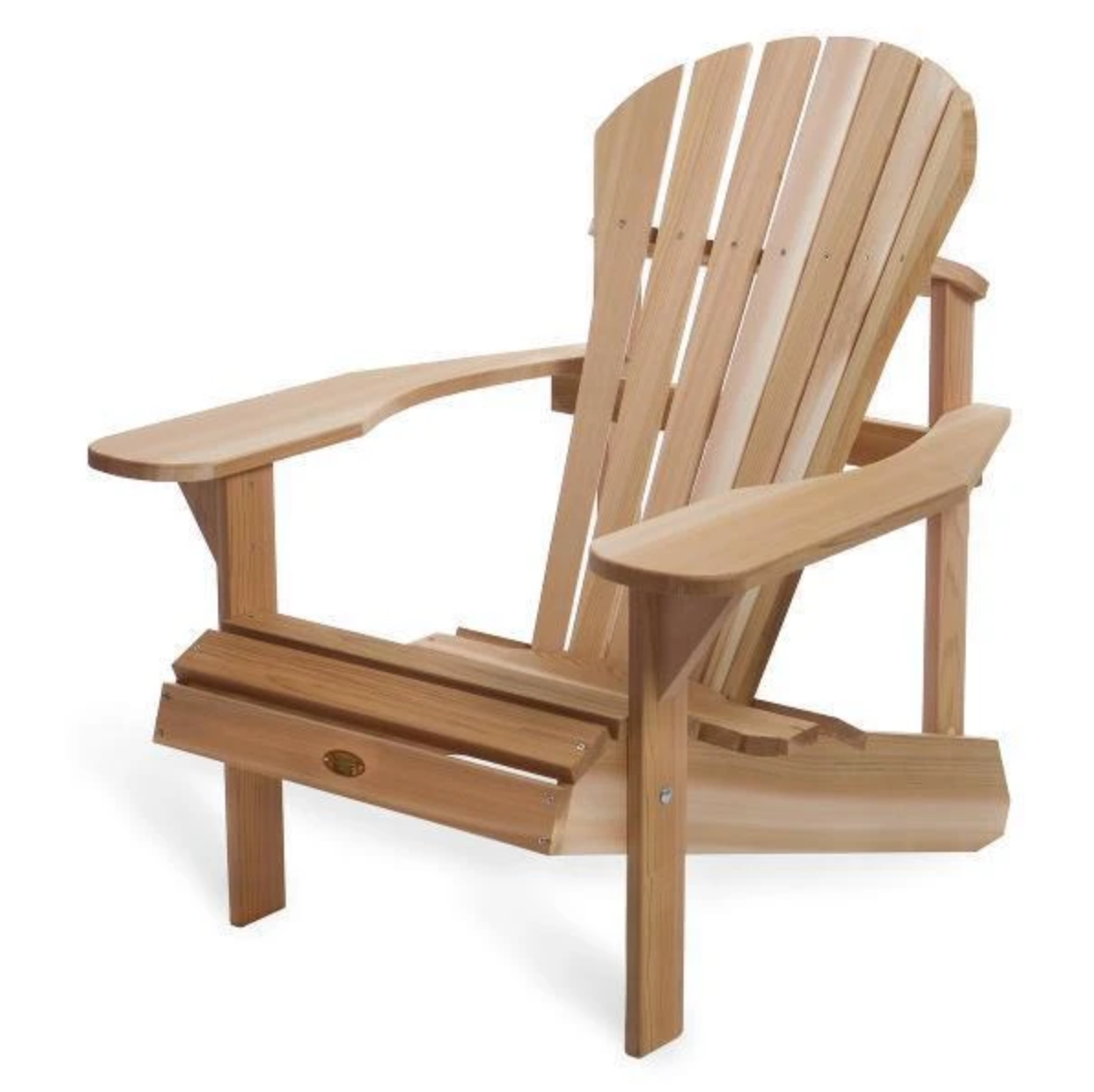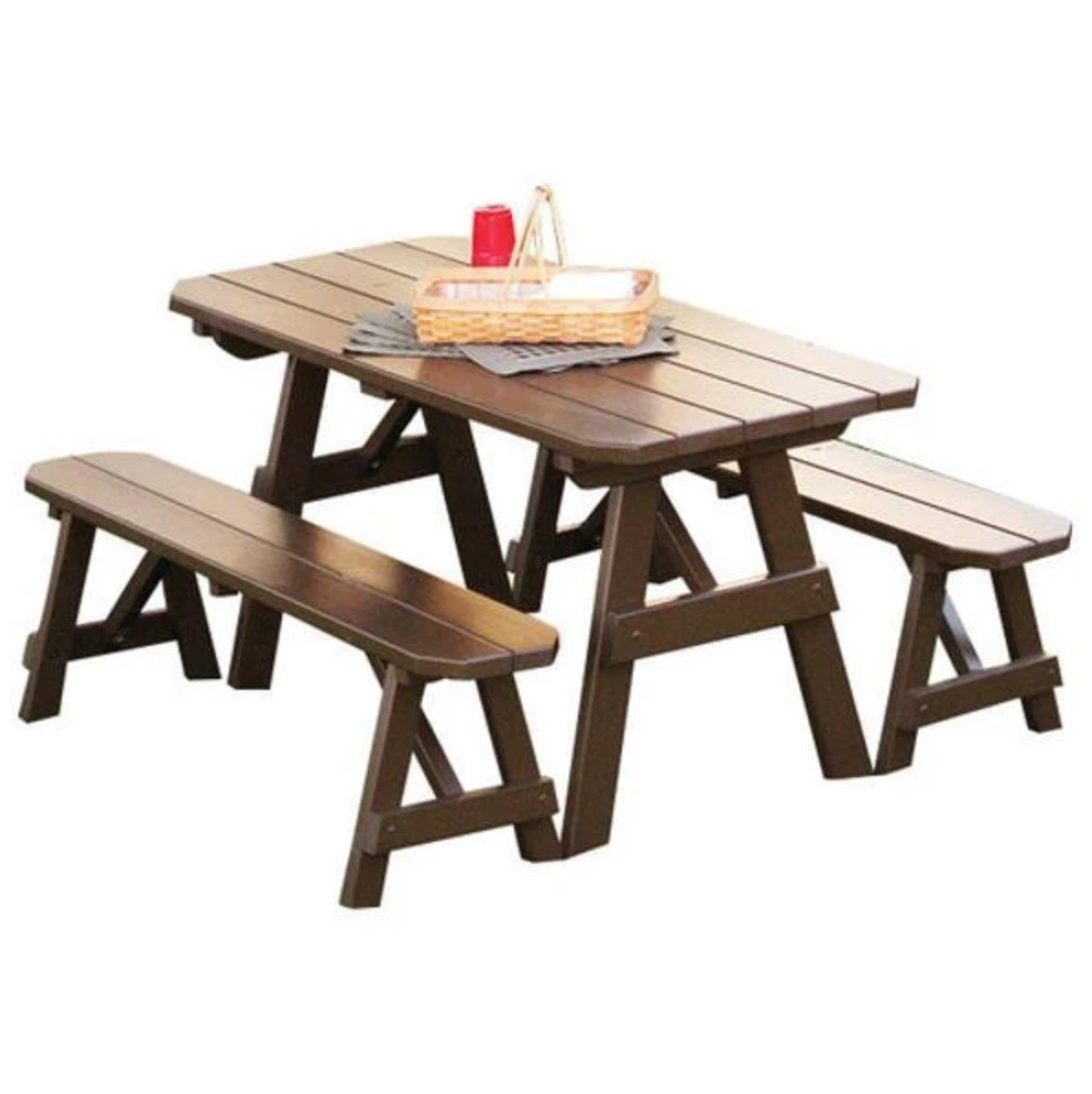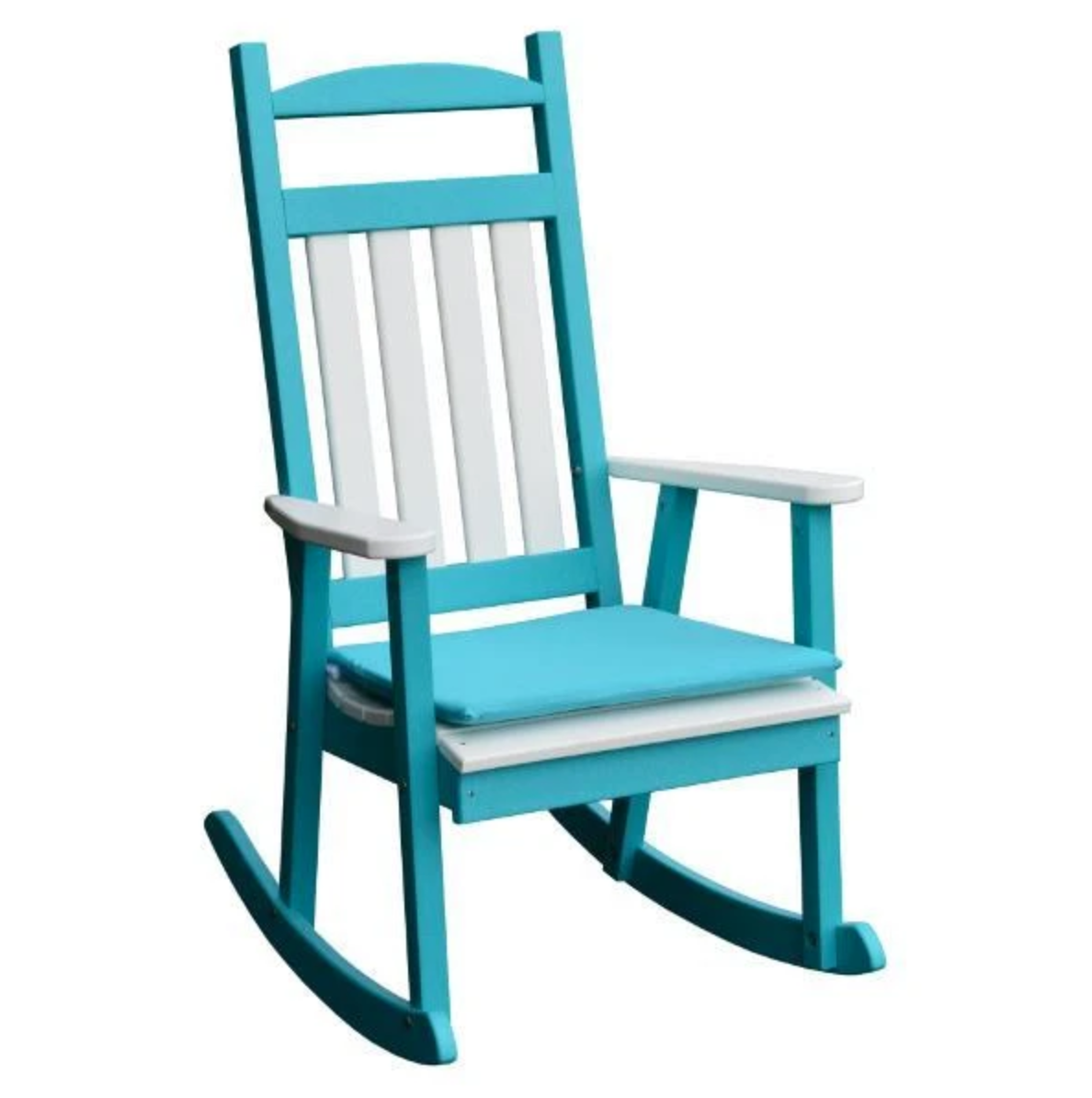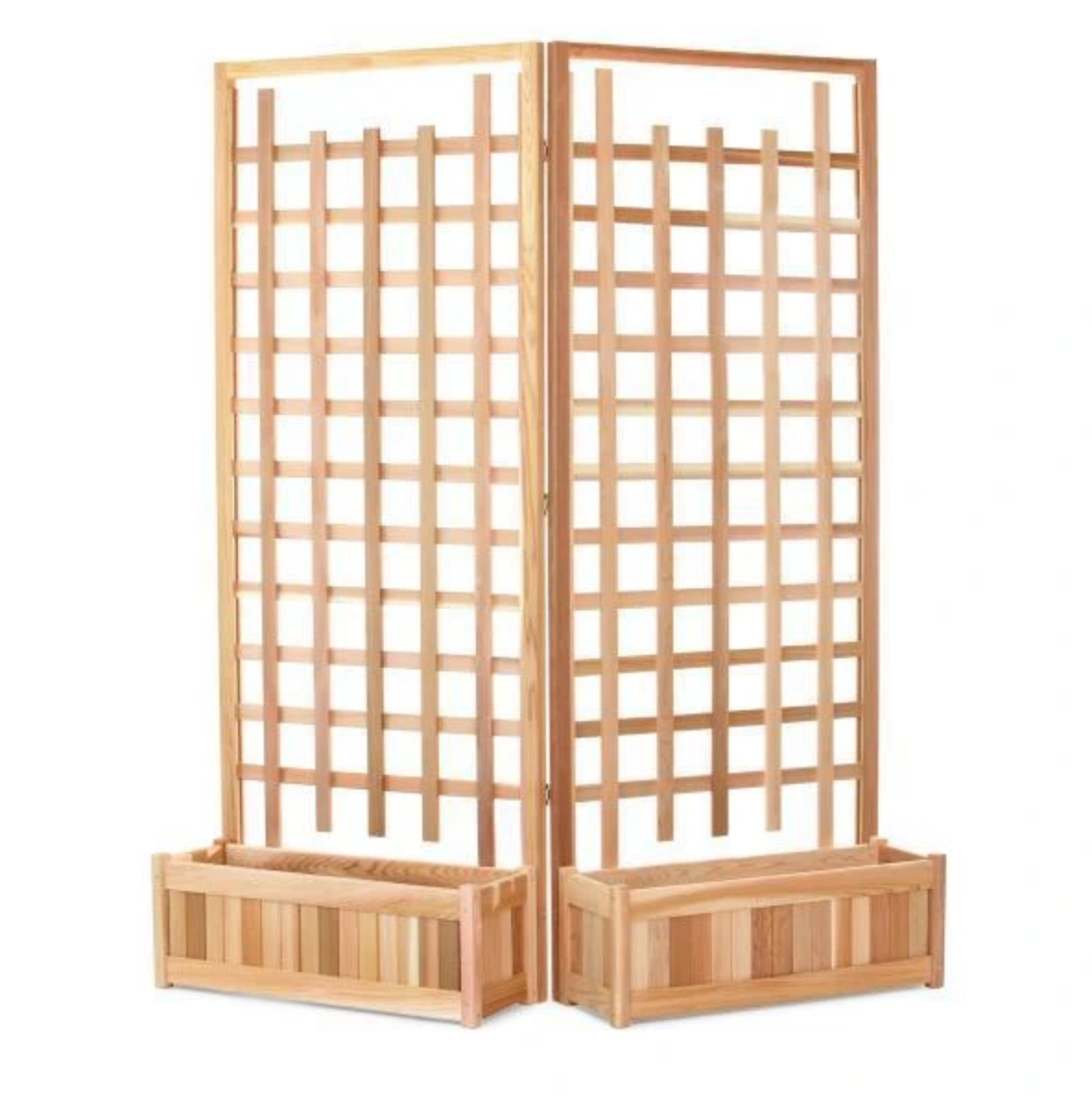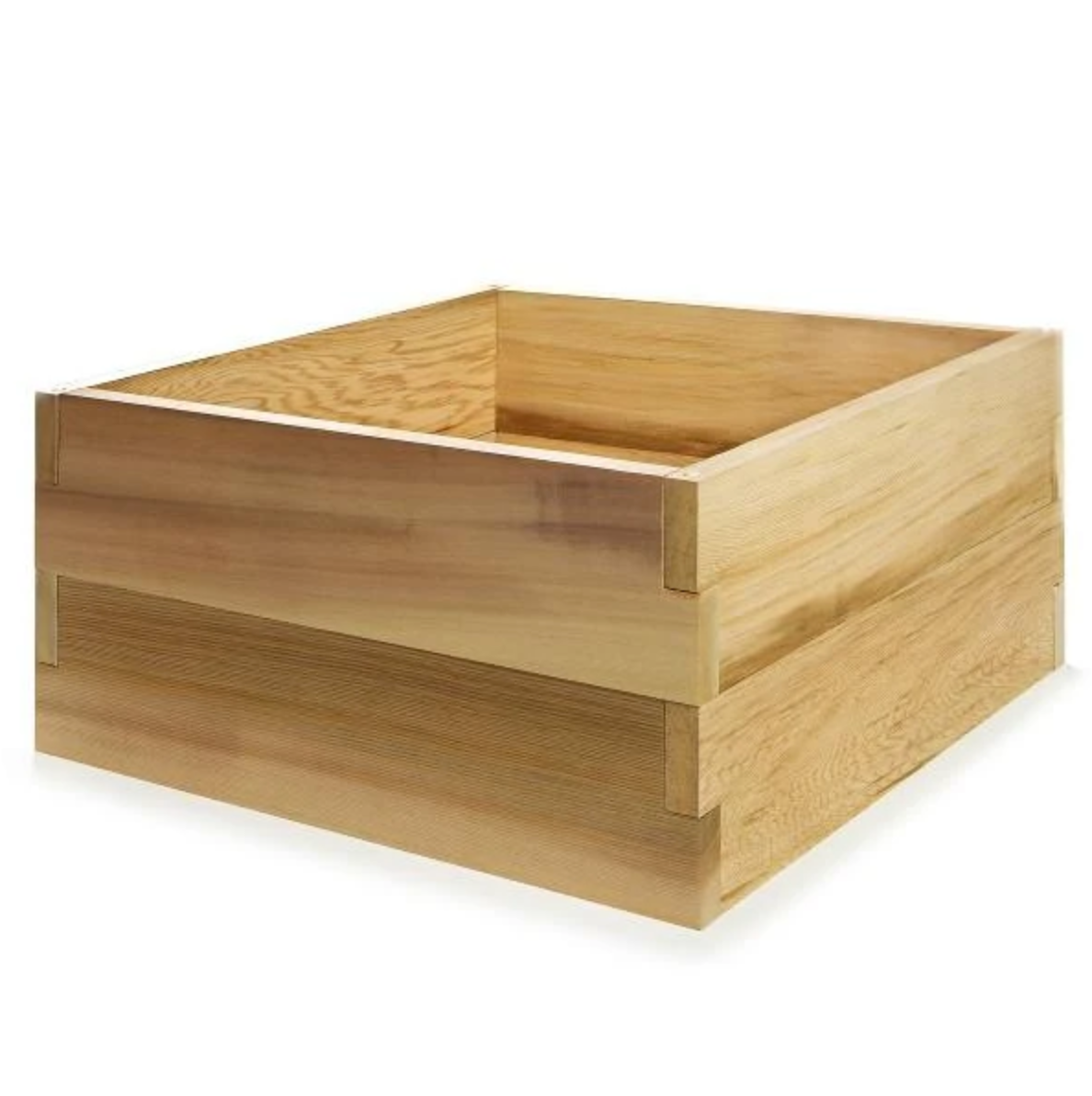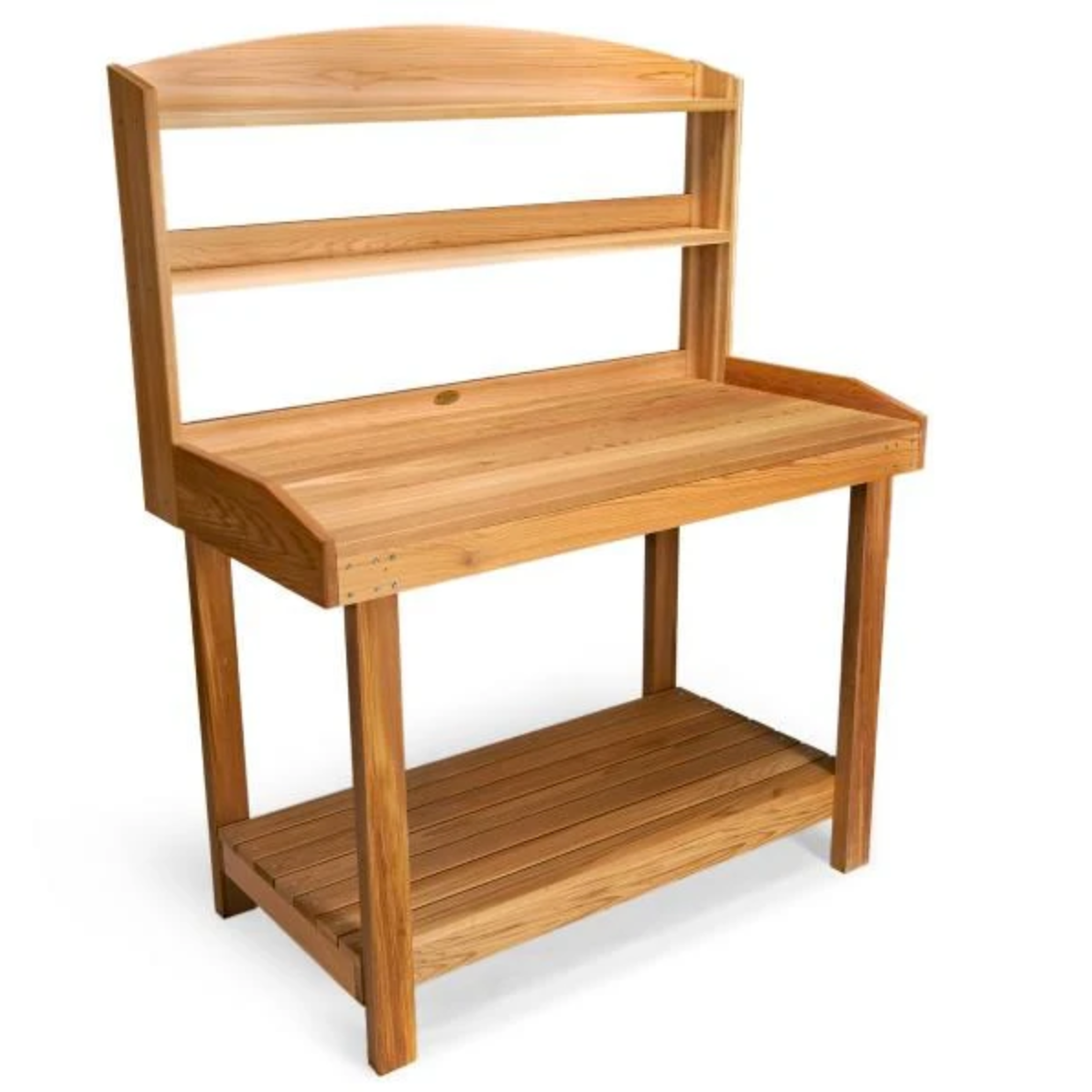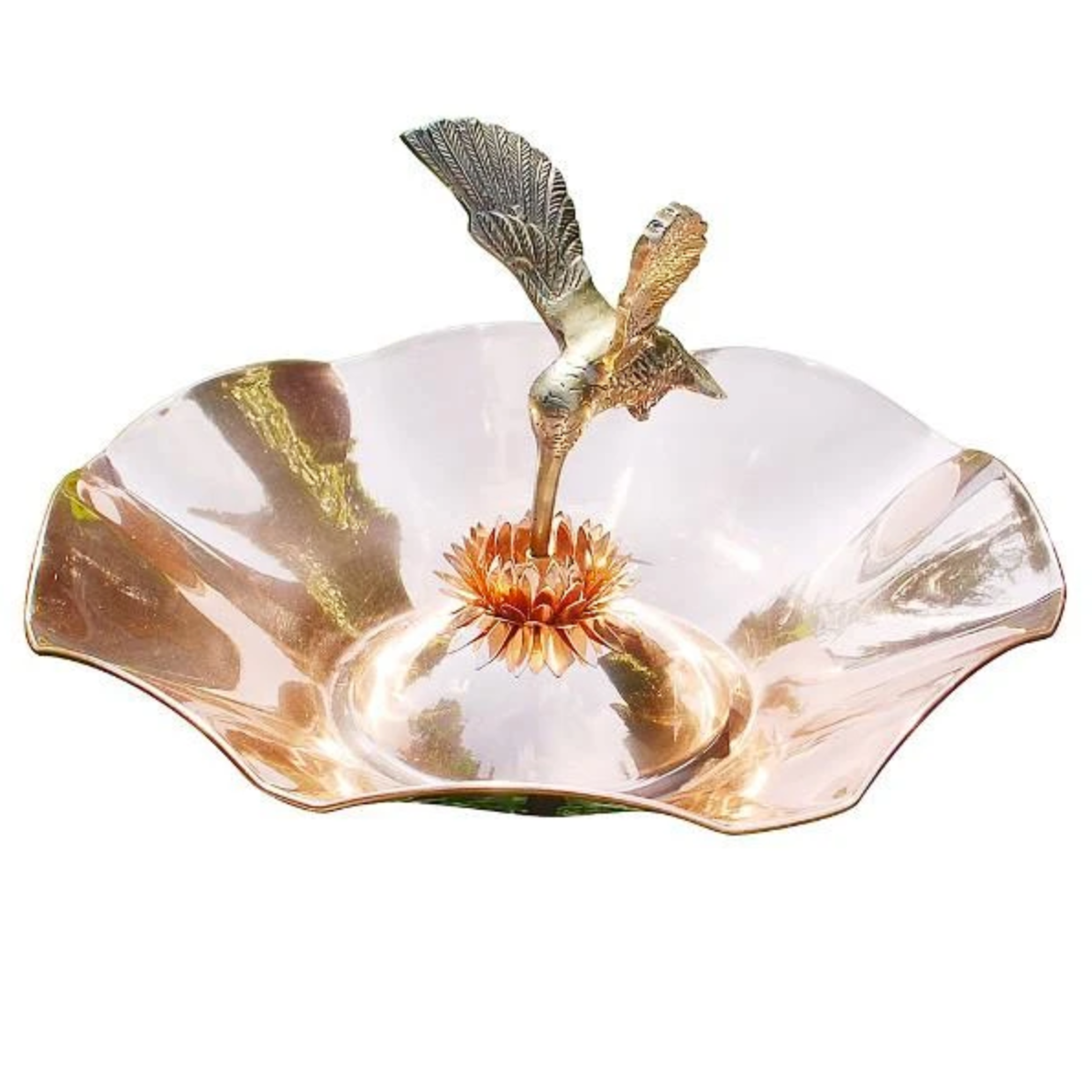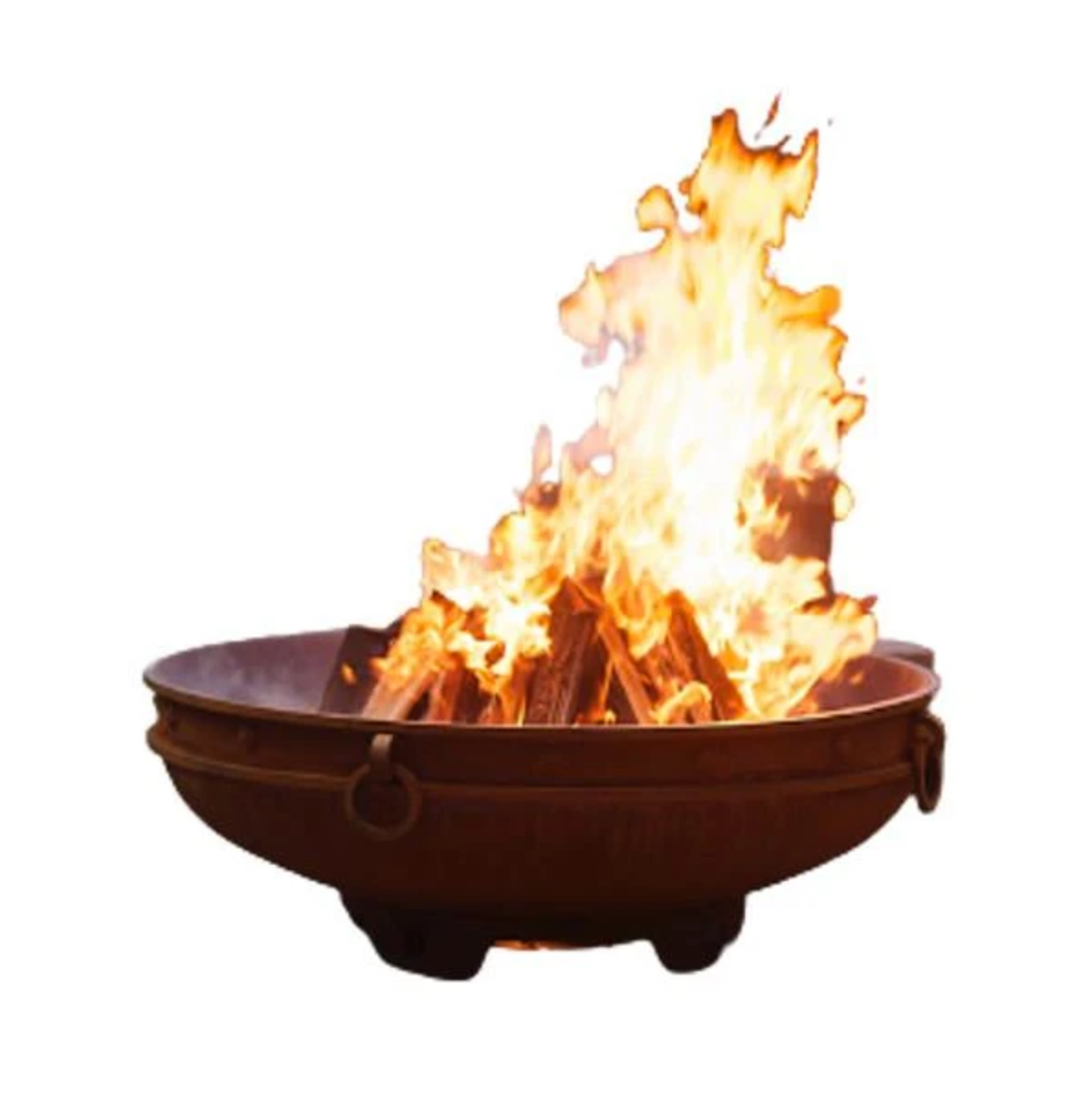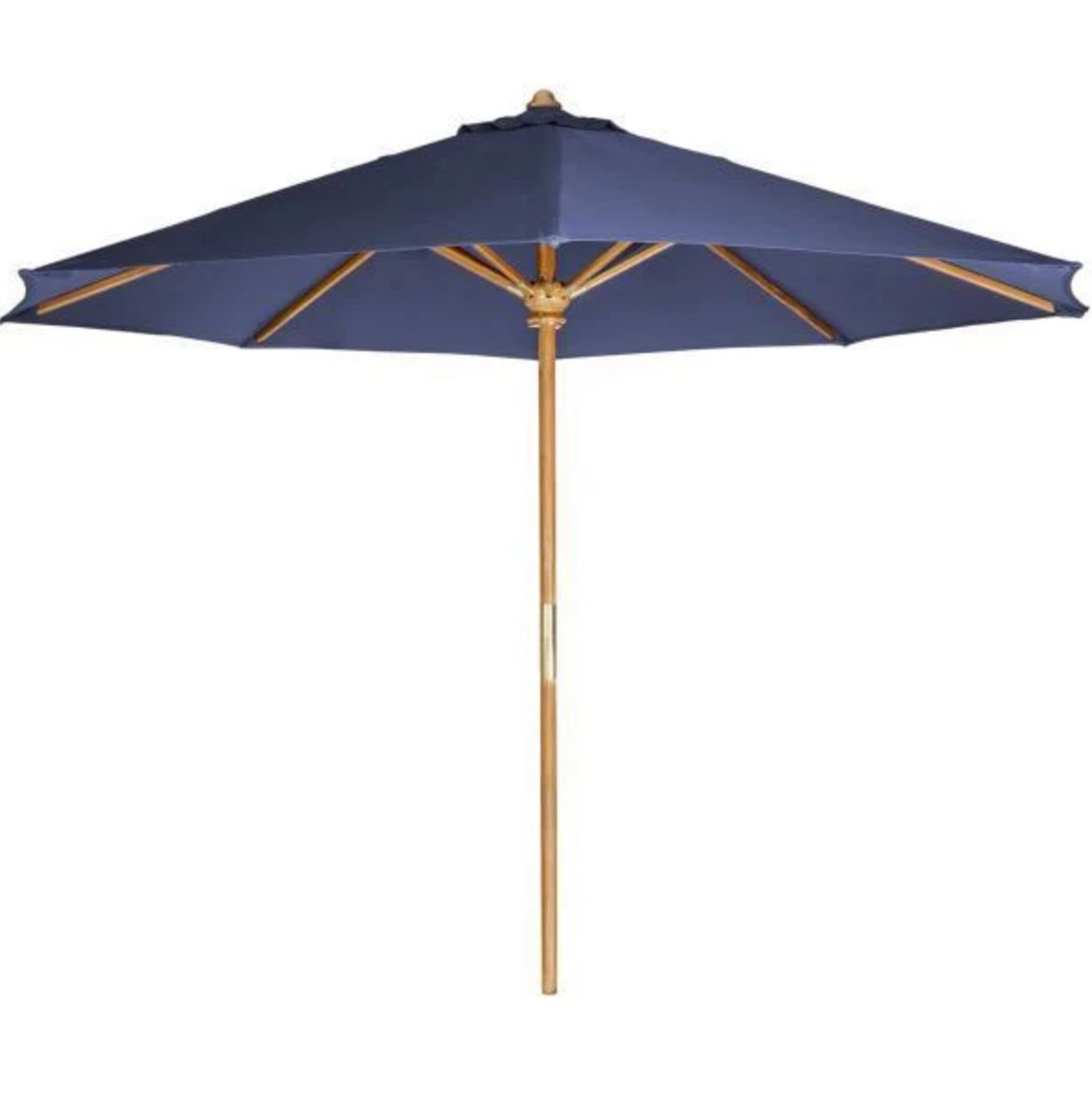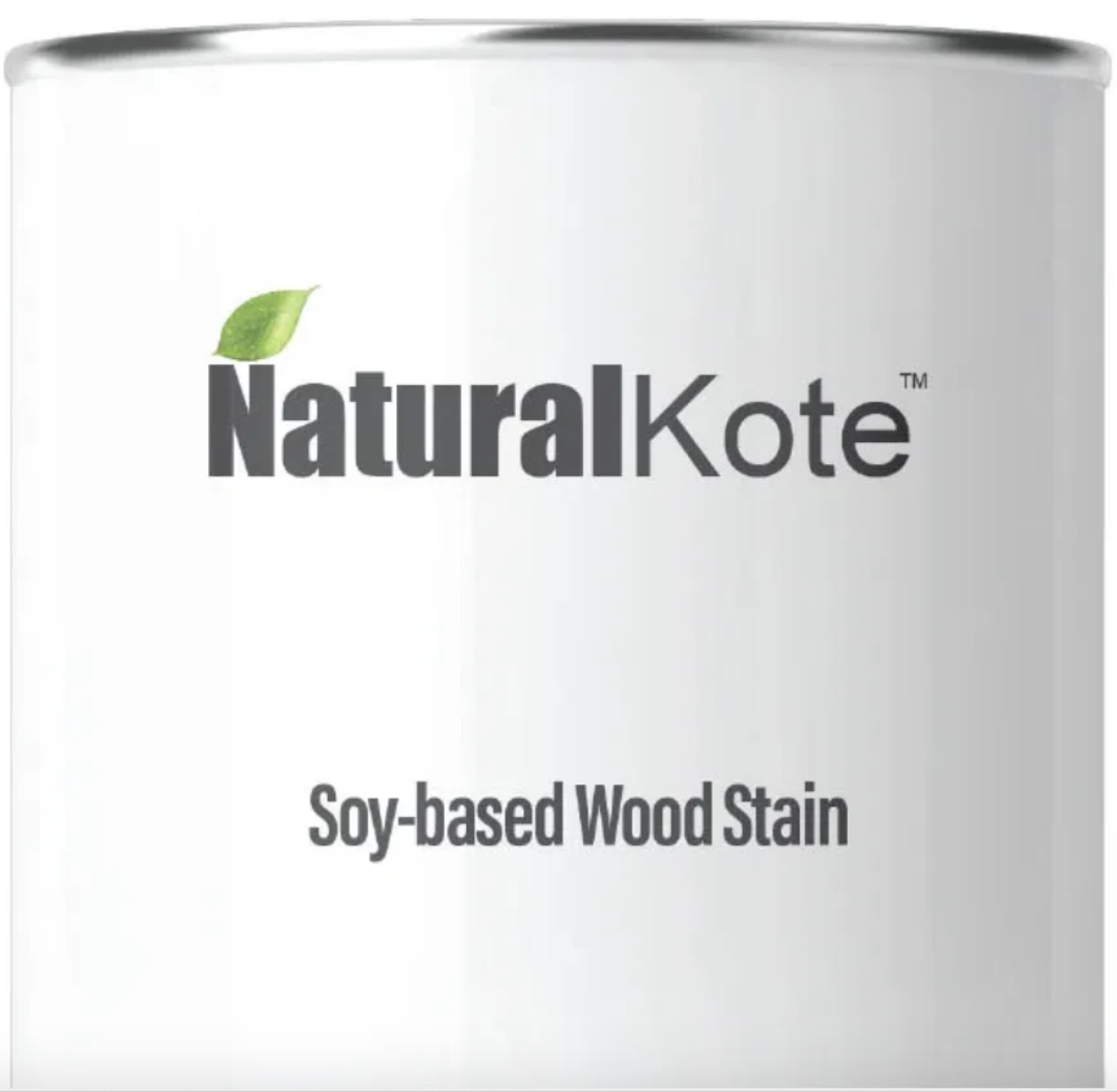Your Cart is Empty
FREE SHIPPING ON EVERY ORDER
Menu

FREE SHIPPING ON EVERY ORDER
Swings
Benches
Tables & Chairs
Home & Garden
Why Is My Furnace Blowing Cold Air And How To Fix It
When winter hits and your furnace suddenly blasts cold air instead of heat, frustration can quickly turn into discomfort. This issue often has straightforward causes like a thermostat setting, but it can also stem from deeper problems in your system—anything from clogged filters and ignition failures to gas flow disruptions.
Photo by Arrgee Columbus on Unsplash
Knowing how to pinpoint the issue, what steps you can take yourself, and when to call a professional can save time, stress, and unnecessary costs. Below, we explore everything you need to know to get the heat flowing again, starting with how to find a qualified furnace repair service near you.
Find A Furnace Repair Service
While some furnace problems can be resolved with DIY troubleshooting, others require the expertise and tools of a certified HVAC technician. These three providers stand out for their trusted service, expertise, and customer care:
Alberta Mountain Air – Furnace Repair
Specializing in reliable HVAC solutions across Alberta, Alberta Mountain Air offers fast, effective furnace repairs tailored to cold-weather performance. They provide full diagnostics, part replacement, and scheduled maintenance, all backed by trained professionals. Whether your furnace is blowing cold air, cycling on and off, or not starting at all, they’ll handle it with safety and precision.
Lex Air Conditioning And Heating
Operating in the Dallas–Fort Worth area, Lex Air provides emergency furnace repairs, comprehensive inspections, and tune-ups. Their technicians are trained to handle gas and electric furnaces, including troubleshooting airflow restrictions, pilot light failures, and control board malfunctions.
SuperTech HVAC
Serving the Baltimore area, SuperTech HVAC offers detailed furnace repair backed by transparent pricing and prompt service. Their specialists focus on customer education and thorough diagnostics, making them ideal for homeowners who want clear answers and long-term solutions.
Common Reasons Your Furnace Blows Cold Air
Before calling in a technician, it’s worth checking a few of the most common culprits behind a cold-blowing furnace.
Thermostat Settings
If your furnace is pushing out cold air, your thermostat should be the first place you look. Make sure it’s set to HEAT and not COOL, and that the fan is on AUTO—not ON. A fan set to ON will circulate air even when the furnace isn't heating. Low batteries or incorrect wiring can also lead to signal issues between the thermostat and the furnace.
Furnace Overheating
Furnaces are equipped with safety sensors that shut down the burners if the system overheats, but they may leave the fan running to cool things down. This results in a steady stream of cold air. Overheating is typically caused by clogged air filters, blocked vents, or closed registers. Replacing the filter is a simple fix that may restore normal function.
Pilot Light or Ignition Issues
Older furnaces rely on a pilot light, while newer models use electronic ignition. If the pilot light goes out or the ignition system fails, your furnace won’t heat the air. Check your owner’s manual to see how to relight the pilot light safely. If the flame sensor is dirty, it might shut off the burner shortly after ignition.
Mechanical And Component Failures
Even if settings look correct and airflow seems unrestricted, internal component failures could be stopping your furnace from heating properly.
Faulty Flame Sensor
In many gas furnaces, the flame sensor ensures the burners are producing a flame. If it’s dirty or malfunctioning, it will shut down the system to prevent unburned gas buildup. The result: cold air blowing from the vents. A professional can clean or replace the sensor as needed.
Blower Motor Problems
If the blower runs but the burners don’t ignite, the air coming through your vents will feel cold. This can be caused by a faulty control board, relay switch, or motor capacitor. These parts are more complex and often require professional tools and diagnosis.
Gas Supply Disruptions
If your furnace isn’t receiving adequate gas, it won’t produce heat. This could be due to a closed valve, an issue with your utility provider, or an internal problem like a clogged gas line. For safety reasons, it’s essential not to tamper with gas components unless you’re qualified to do so.
Photo by Ahmet Yüksek ✪ on Unsplash
Airflow And Ductwork Issues
Sometimes the problem lies beyond the furnace itself, especially if you feel inconsistent temperatures in different rooms.
Leaky or Disconnected Ducts
If ductwork is damaged or disconnected, hot air can escape before it reaches your vents, making it feel like the furnace is blowing cold air. Inspect your ducts (especially in attics or basements) for visible gaps, holes, or dislodged joints.
Blocked or Closed Vents
A closed or obstructed vent may restrict warm airflow. Ensure that furniture, rugs, or curtains aren't blocking air registers and that all room vents are fully open.
Dirty Evaporator Coil
If your system includes both heating and cooling (as most do), a dirty evaporator coil can restrict airflow and cause the furnace to overheat. While cleaning it isn’t a routine DIY task, it’s an issue worth investigating during a professional maintenance visit.
When To Call A Professional
It’s important to know when to stop troubleshooting and bring in a certified technician. If you’ve done the basic checks and your furnace still isn’t working properly, or if you notice any of the following, call for expert help:
- Strong gas odors
- Repeated furnace cycling (on/off rapidly)
- Yellow pilot light (should be blue)
- Error codes flashing on the control board
- Cold air even after replacing the filter and checking settings
- Unusual sounds like grinding, popping, or banging
Prompt attention to these signs can prevent further damage or even dangerous conditions like carbon monoxide leaks.
Photo by SeongUk Kim on Unsplash
Endnote
A furnace that blows cold air can often be traced to something minor—a bad thermostat setting, a clogged filter, or a pilot light that needs attention. But it can also signal deeper mechanical issues that compromise your system’s safety and efficiency.
If your quick fixes don’t restore heat, don’t wait—contact a qualified furnace repair technician like those at Alberta Mountain Air or one of the other top-rated providers listed above. With proper care, your furnace can deliver consistent warmth all season long.
Also in News
US
United States
Dec 18, 2025 01:02
Product Tag :
Product Collection :
×
